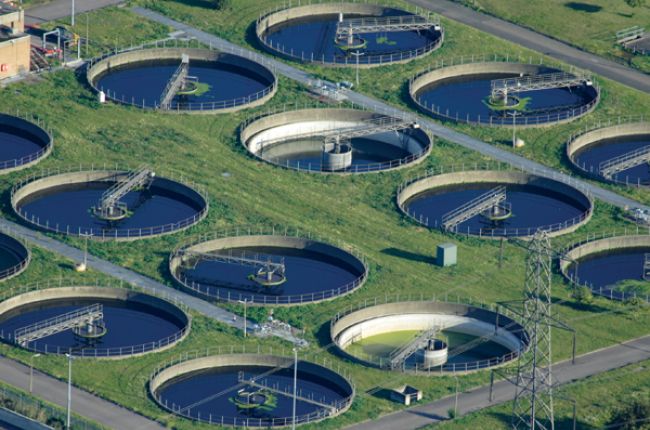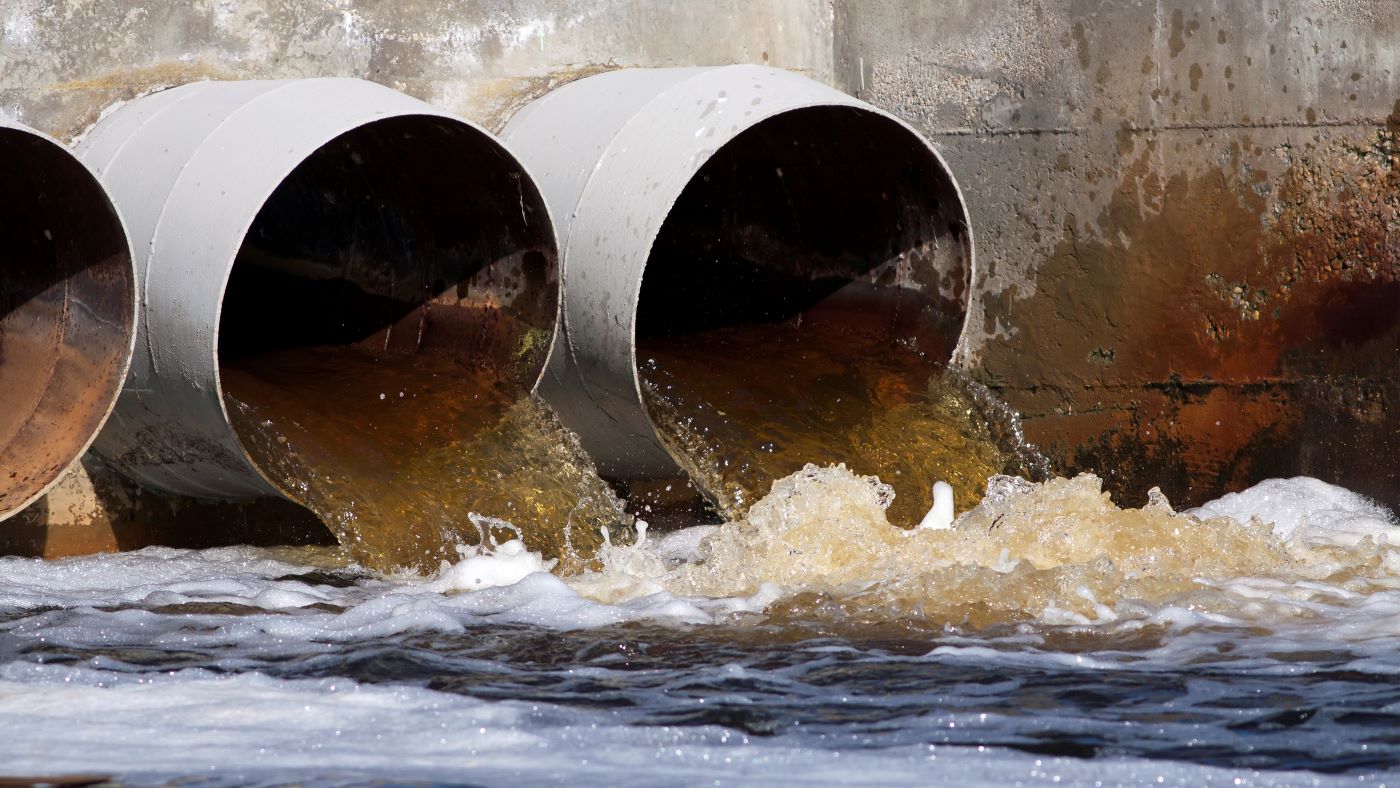Comprehensive Guide to Hazardous Waste Water Treatment Procedures
Wiki Article
Checking Out Ingenious Technologies and Practices for Efficient Drainage Therapy Solutions
Effective waste water treatment systems are crucial for ecological sustainability and public health and wellness. From innovative filtering methods to clever monitoring systems and biological therapy advancements, the field of waste water treatment is experiencing a change.Advanced Filtration Methods

Microfiltration includes making use of great membrane layers to separate particles and microorganisms, while ultrafiltration targets even smaller impurities via finer pores. Nanofiltration functions on getting rid of divalent ions and organic particles, and reverse osmosis is very efficient in getting rid of dissolved salts and other pollutants. Waste Water Treatment. These techniques not only aid in generating tidy water but also assist in minimizing the ecological influence of wastewater discharges, making them important parts of modern wastewater treatment systems

Smart Keeping An Eye On Equipments
The execution of clever surveillance systems transforms the oversight and management of wastewater treatment processes, ensuring optimal efficiency and compliance with regulatory criteria. These systems use sophisticated sensors, data analytics, and real-time monitoring to offer useful insights into various parameters of the treatment procedure. This aggressive method permits for quick interventions to address concerns prior to they escalate, ultimately enhancing the general performance and efficiency of the therapy plant.Organic Treatment Technologies
Biological treatment technologies have considerably progressed the efficiency and sustainability of wastewater treatment processes. One such advancement is using membrane bioreactors (MBRs), which incorporate organic therapy with membrane filtration to attain better treated water in a smaller impact contrasted to standard techniques. MBRs properly get rid of solids, contaminants, and virus, producing effluent that meets strict governing criteria. Another remarkable advancement is the application of bioaugmentation, where specialized microbial societies are presented to enhance the deterioration of details toxins, improving treatment effectiveness. In addition, the development of built marshes has acquired traction as a natural and energy-efficient biological treatment remedy. These engineered environments harness wetland plants and microbial processes to eliminate toxins from wastewater efficiently. In general, organic therapy innovations offer affordable, eco-friendly services for wastewater treatment, promoting sustainable practices in water source administration. Carrying out these technologies can cause improved water high quality, lowered ecological effect, and improved resource healing in wastewater treatment systems.Energy-Efficient Practices
Ahead of time the sustainability of wastewater treatment systems, energy-efficient methods play a pivotal function in maximizing functional expenses and reducing environmental influence. One vital energy-efficient practice is the application of advanced aeration systems, such as fine bubble diffusers or surface area aerators, which enhance oxygen transfer effectiveness in organic treatment procedures. By enhancing oygenation performance, therapy plants can minimize power usage connected with oygenation, a significant factor to overall energy usage in wastewater therapy.
Moreover, the assimilation of sustainable energy sources, like solar panels or wind turbines, can aid counter energy needs and decrease dependence on typical fossil fuels. Making use of energy recovery systems, such as warmth exchangers or biogas catch technologies, can also add to energy savings by repurposing waste heat and capturing biogas generated during treatment processes.
see page In addition, using power monitoring systems and progressed control techniques can optimize power use by changing functional specifications in real-time based on varying treatment problems. On the whole, incorporating energy-efficient practices not just minimizes functional expenses but also minimizes the ecological footprint of wastewater treatment centers, straightening with sustainable growth goals and governing requirements.
Data-Driven Optimization
Exactly how can data-driven visit site optimization enhance the effectiveness and efficiency of wastewater therapy systems? Data-driven optimization plays a crucial role in boosting the efficiency of wastewater therapy systems by enabling real-time surveillance, predictive maintenance, and educated decision-making - Waste Water Treatment. By gathering and evaluating information from numerous sensing units and resources within the treatment plant, operators can obtain important understandings right into the system's operation, determine possible concerns before they escalate, and enhance processes to achieve better resultsThrough data-driven optimization, operators can carry out predictive maintenance techniques that assist protect against tools failures and reduce downtime. By evaluating historical information and patterns, upkeep timetables can be enhanced, resulting in cost savings and enhanced system reliability. Furthermore, real-time data surveillance permits for instant detection of anomalies or variances from optimal operating problems, enabling prompt corrective actions to be taken.
Moreover, data-driven optimization promotes data-driven decision-making by giving drivers with workable insights and referrals based on information evaluation - Waste Water Treatment. This allows for continuous enhancement and optimization of wastewater therapy processes, bring about enhanced efficiency, reduced functional expenses, and boosted total efficiency of the system
Conclusion
Finally, the expedition of innovative innovations and practices for efficient drainage therapy systems has shown appealing lead to improving filtration approaches, keeping track of systems, organic therapies, power effectiveness, and information optimization. These innovations are crucial in attending to the expanding challenges of water shortage and pollution. By applying these solutions, we can guarantee lasting and effective management of wastewater sources for the advantage of both the setting and society.From advanced filtration techniques to wise tracking read this systems and biological therapy technologies, the field of waste water treatment is experiencing a makeover.Organic therapy developments have actually significantly advanced the efficacy and sustainability of wastewater therapy processes. Generally, organic treatment innovations use cost-efficient, environmentally pleasant services for wastewater therapy, advertising sustainable techniques in water source administration. By enhancing aeration performance, therapy plants can decrease power usage connected with aeration, a substantial contributor to general power use in wastewater treatment.
In verdict, the expedition of ingenious innovations and techniques for effective waste water therapy systems has actually revealed appealing outcomes in enhancing purification techniques, checking systems, biological therapies, power efficiency, and information optimization.
Report this wiki page